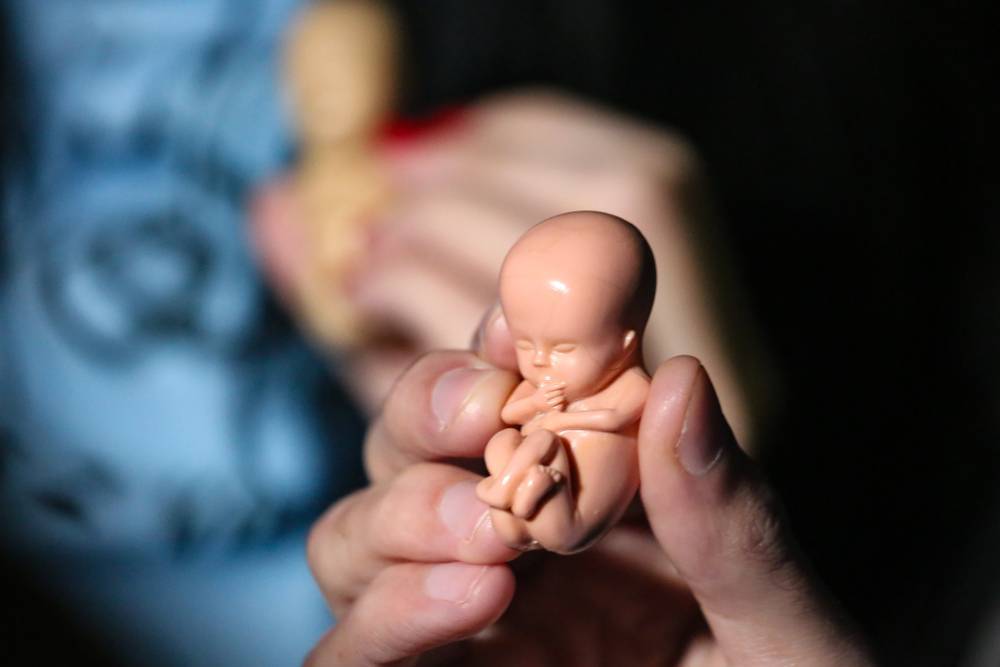Abortion, otherwise known as pregnancy termination, is a medical procedure to remove a foetus and placenta from the uterus. This may be a necessary medical procedure for various reasons. They include: saving the mother’s life, in sensitive instances such as rape, or due to foetal impairment issues.
Especially in Asia, abortion is still highly stigmatised and controversial. Philippines and Laos are still criminalising abortion entirely without discretion, while Myanmar and Bangladesh allow it only if the mother’s life is threatened.
However, how it is done, is still important for mothers to know, as an integral part of informed decision making.
Abortion in First Trimester
The gestational duration of the first trimester is calculated from the first day of the last menstrual period. This is approximately 11 weeks. In order to terminate a pregnancy during this time, a pregnant mother is encouraged to avoid surgical procedures. Instead, medications are preferred.
To terminate a pregnancy in the first trimester, multiple visits to a doctor are necessary. They will prescribe a set of medications, with specific dosing schedules to be adhered to. These medications help the process of termination by relaxing the cervix and increasing the sensitivity of the uterus to naturally-occurring hormones that will begin contractions. The following appointment will occur a few days later to aid the process of vaginal bleeding. At this stage, the foetus starts to slowly shed from the body and this process may be accompanied by abdominal pains. The final appointment will be scheduled weeks later, where the doctor will conduct an ultrasound examination to ensure that the pregnancy has been terminated.
It is important to note that these medications have certain contraindications. And it is absolutely necessary to be as forthcoming with your doctor regarding your past medical history. The most common side effects of these medications used for abortion include allergic reactions, gastrointestinal discomfort such as nausea, abdominal pain, vomiting, and diarrhoea.
Studies suggest that there is no link between termination of a pregnancy during the first trimester and subsequent pregnancies.
Abortion in Second Trimester
Terminating a pregnancy during the second trimester is often more challenging for patients. It is typically done due to the delayed confirmation of a pregnancy or the presence of a foetal anomaly. The second trimester of a pregnancy is the period of time from the 13th to 28th week of gestation.
Termination may be done either through medication (induction) or surgically (dilation and evacuation). Both induction, and dilation and evacuation procedures are safe and effective but have distinct considerations that patients need to be informed of.
Termination by induction is done in a hospital and may require being admitted for 2-3 days. Induction includes first stopping the foetal heartbeat through an injection. Then, medication is given to induce labour within a few hours. Delivery occurs within the next 24 hours.
For dilatation and evacuation, the cervical canal is enlarged first. Then a a vacuum is used to aspirate out the tissues in the uterus. Following which, a tool is used to scrape the lining of the uterus. Finally, suction may be utilised to ensure the uterus is empty.
Symptoms of vaginal bleeding and pelvic cramping may increase with gestational age. Complications that may arise during a second trimester abortion include retained placenta, uterine rupture, cervical laceration, infection, or bleeding.
Risks for subsequent pregnancies have been studied during the second trimester abortion. Predominantly, women were able to conceive within 24 months of abortion.
Abortion in Third Trimester
The third trimester is between the 28th week of gestation to the end of the pregnancy and during this time, very few facilities and clinicians will conduct an abortion. The delay in making this late-stage decision typically stems from poor foetal prognosis that can only be determined once the foetus is developed enough to be screened for neurological abnormalities or malformations.
Induction through medication, and dilation and evacuation are still viable options when terminating a pregnancy during the third trimester. However, in some instances, a more invasive procedure is undertaken where an incision is made to extract the foetus from the uterus. In some cases, the foetus may be delivered alive but is left to die of respiratory failure.
Psychiatric Outcomes
Studies suggest that there is no statistically significant correlation between abortion and the onset of mental health disorders. The post-abortion mental state is associated with the pre-abortion mental state, and patients who undergo abortion have higher baseline rates of an existing mental health disorder. Other potential factors associated with post-abortion distress include lack of social support, relationship violence, attitude towards pregnancy termination, termination for a foetal anomaly, and current family size.
Conclusion
Prior to an abortion, counselling and patient education are necessary. Medical practitioners should ensure that they educate patients about their choices, alternative options, as well as the risks and side effects associated with the medications and procedures.

